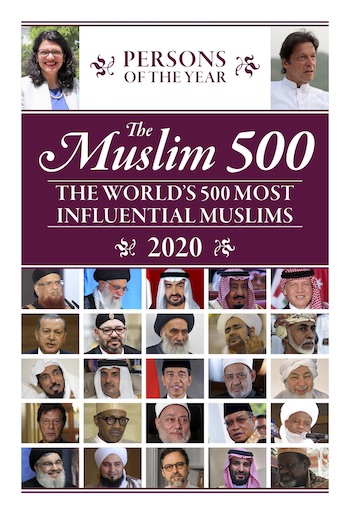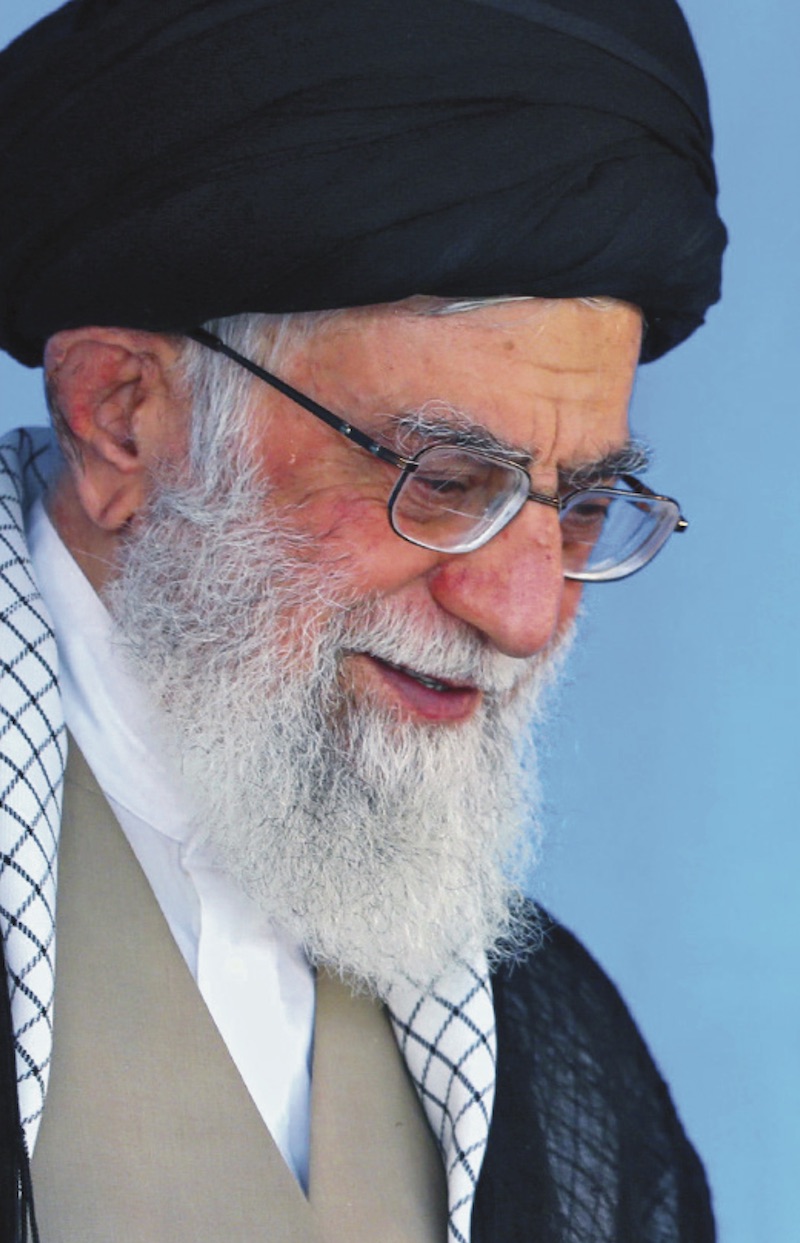HE Grand Ayatollah Khamenei is the second Supreme Leader of the Islamic Republic of Iran. He was born in Mashhad and studied in the leading Iranian religious seminary in Qom before becoming involved in the struggle with the Pahlavi Regime in the 60s and 70s. He was a key figure in the revolution in 1979 and served as President between 1981-1989 before succeeding Ayatollah Khomeini as Supreme Leader upon the latter’s death in 1989.
Birth: 17 July 1939 (Age: 86)
Source of Influence: Administration of Religious Affairs, Political
Influence: Supreme Leader of 89 million Iranians
School of Thought: Shi‘a, Revolutionary Shi’ism, Traditional Twelver Shi‘a
Status: Featured in current year
HE Grand Ayatollah Khamenei is the second Supreme Leader of the Islamic Republic of Iran. He was born in Mashhad and studied in the leading Iranian religious seminary in Qom before becoming involved in the struggle with the Pahlavi Regime in the 60s and 70s. He was a key figure in the revolution in 1979 and served as President between 1981-1989 before succeeding Ayatollah Khomeini as Supreme Leader upon the latter’s death in 1989.
Supreme Leader, Velayat-e Faqih: Khamenei’s current influence stems from his powerful position as a religious leader, which gives him a unique role in political affairs. His job is to enact the Velayat-e Faqih—the guardianship of the jurist. In real terms this means a system where scholars of fiqh (Islamic jurisprudence) have a controlling say in the political affairs of the state. The rule of the jurist was a concept created by Ayatollah Ruhollah Khomeini, based on ideas that have run through Iranian political history since the time of Shah Ismail—who was the first to make Shia Islam the national religion of Iran in the early 16th century under the rule of the Safavids. It was conceived as a way of safeguarding the Iranian nation from tyranny, giving the final say in all matters to a group of religious scholars, the Council of Guardians. This Council is headed by a chief arbitrator—the Supreme Leader.
Leader of Shia Revolution: Khamenei draws much of his influence from his role as a leader of the Islamic Revolution in Iran. The Islamic Republic of Iran was forged out of the 1979 Revolution. Combating what many saw as the tyrannical rule of the Shah, Khamenei joined the Society of Combatant Clergy that staged demonstrations mobilising many of the protests leading to the Shah’s overthrow. After the revolution in 1979, Khamenei became a founding member of the Islamic Republic Party, sat in the Assembly of Experts that drafted the new constitution, and was twice targeted in assassination attempts—the second leaving his right arm paralysed.
Sunni-Shia Reconciliation: On 2 September 2010, Khamenei issued a historic fatwa banning the insult of any symbol that Sunnis hold dear, including but not limited to the Companions and wives of the Prophet ﷺ. This fatwa was received with great appreciation by the Chancellor of Al-Azhar University, Sheikh Ahmad Al-Tayyeb. In August 2024, Khamenei led the funeral prayers for Ismail Haniyeh, Hamas’s political bureau chief, who was assassinated in Tehran in an Israeli strike.
War: In June 2025, escalating hostilities between Israel and Iran culminated in the United States launching airstrikes against Iranian nuclear facilities and military assets, marking the most direct confrontation between Tehran and Washington since the 1979 Revolution. The US intervention, undertaken in support of Israel, sought to cripple Iran’s deterrent capabilities. In response, Iran responded with precision missile and drone attacks that targeted US bases and Israeli infrastructure across the Middle East. Though costly, Iran withstood the strikes with much of its military infrastructure intact and demonstrated its capacity to project power far beyond its borders. This resilience has elevated Iran’s prestige across the Muslim world. For many, Khamenei’s leadership during the war symbolised defiance in the face of overwhelming odds, enhancing Iran’s reputation as the vanguard of resistance against occupation and imperialism.
The Gaza Genocide
The war on Gaza has been a defining issue for Khamenei’s later leadership. He has consistently framed Israel’s campaign as a genocide against the Palestinian people, denouncing Western governments, particularly the US, for complicity through political and military support. He has pledged unwavering backing for Palestinian resistance movements, calling them the “frontline of the ummah’s dignity.”
“The purpose of Hajj is to unify the Islamic Ummah against disbelief, oppression, arrogance, and human and non-human idols.”
89% National Literacy Rate
36 Years as Supreme Leader
News about Hajj Sayyid Ali Khamenei
- No approved news items yet.



